According to the old adage, an army travels on its stomach. Throughout history, armies have struggled logistically to feed their soldiers while waging war. For part of its history, the U.S. Army was not too different in that capacity. From its founding in 1775 until the Spanish-American War, it was expected that a soldier was to forage for part of his daily subsistence if not supplied properly. As warfare progressed from the static trench warfare of World War I to the mechanized warfare of World War II, the U.S. Army subsistence supply system underwent radical change.
After participation in World War I, the U.S. Army, although recognizing the problem it had with supplying its soldiers with a palatable reserve ration during combat, did scant research and development to prepare for its next major conflict. While efforts by the Quartermaster Corps to revise the reserve ration were successful in 1920 and 1925, the U.S. Army could not foresee how drastically air and ground transportation would alter how warfare was waged in the future and, therefore, how the use of rations in combat would be forever changed.
Until the 1930s, the U.S. Army worked under the premise that reserve or emergency rations would be eaten for only a few days at a time while the frontlines shifted infrequently. By 1936, advances in technology and transportation as well as rising tensions in Europe caused the Quartermaster Corps to rethink and update its beliefs. First, advancements in canning and packaging would alter how well and how long a ration could be kept in various climates and environments. Second, advancements in aerial observation would limit the capabilities of massive convoys to re-supply the troops. This caused a corresponding change from the concept of the bulky 25-man ration kits of World War I to the individually carried rations. Third, rapid forward movement of units would create situations, in which, supply lines could take days or weeks to advance to the front lines. Finally, if supplies did not make it to the front lines, then rations would have to be palatable and nutritious, not only to maintain physical efficiency but morale as well.
From 1936 to 1939, the U.S. Army Subsistence Research Laboratory researched and developed many new concepts. Even though the U.S. Army recognized the need for a new ration, only $300 was allocated for its research in 1938. Initially, the ration was envisioned to have eight to ten different mixed meat and vegetable components with three different types of bread. Because of procurement problems, the final product had three mixed meat and vegetable components and one type of cracker (biscuit).
On November 1, 1939, the U.S. Army announced the adoption of the field ration with the new nomenclature of Field Ration Type Aca,!A"C.Aca,!A? While initial field testing of Field Ration C in the maneuvers of the Third and Fourth Armies in 1940 was not entirely encouraging, the Subsistence Laboratory continued to make favorable changes to the C ration throughout the next ten years until it was replaced with the Meal, Combat, Individual (MCI) in 1958. Since the two rations were similar, soldiers continued to call them Aca,!A"CAca,!A? rations.
If soldiers in current operations were fed the rations of the Revolutionary War era, in comparison, the complaints about MREs (meal, ready-to-eat) would probably lessen. Love them or hate them, each variation of the field ration has made vast improvement over the ration that it replaced. If the adage Aca,!A?an army travels on its stomachAca,!A? still holds true, then the U. S. Army has come a long way. But, then again, complaints about rations are a bond shared between generations of soldiers that are not going to go away anytime soon.

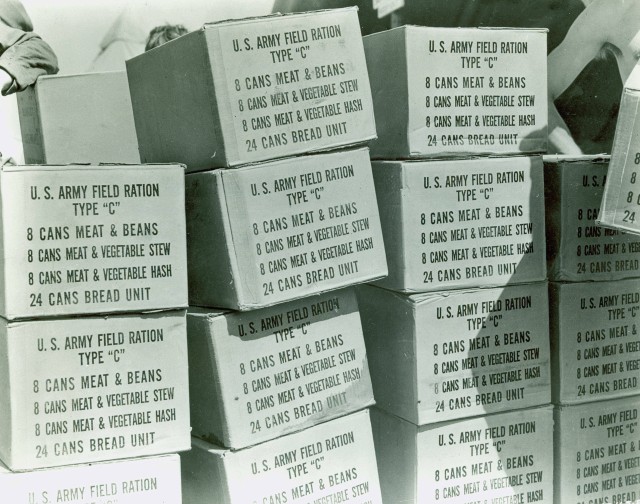
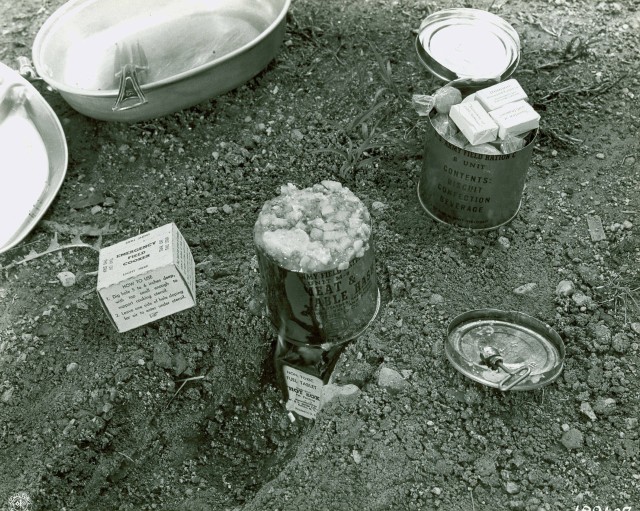
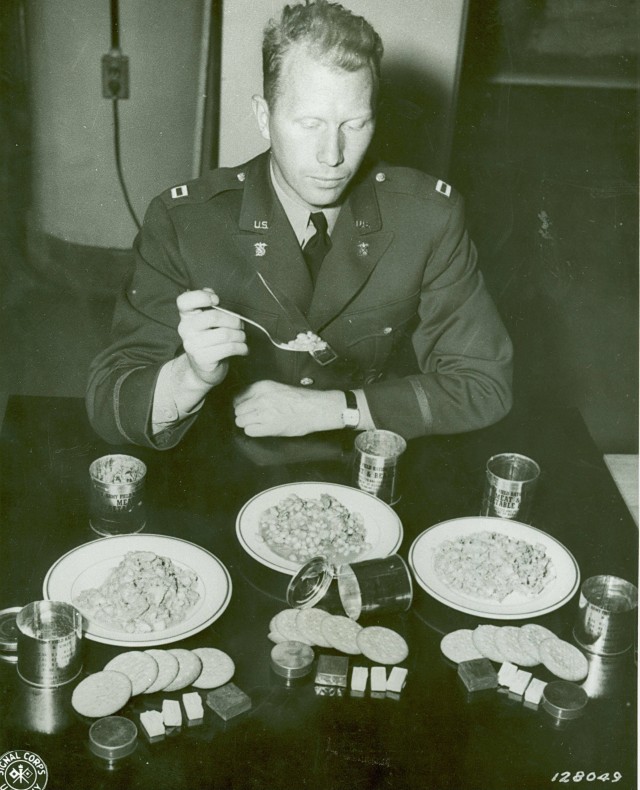
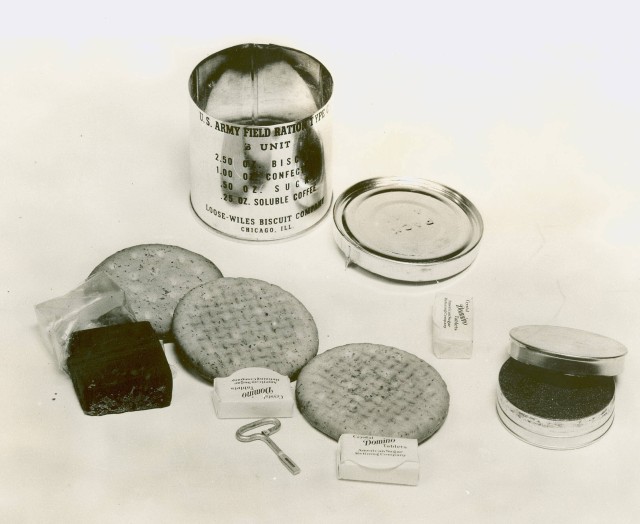





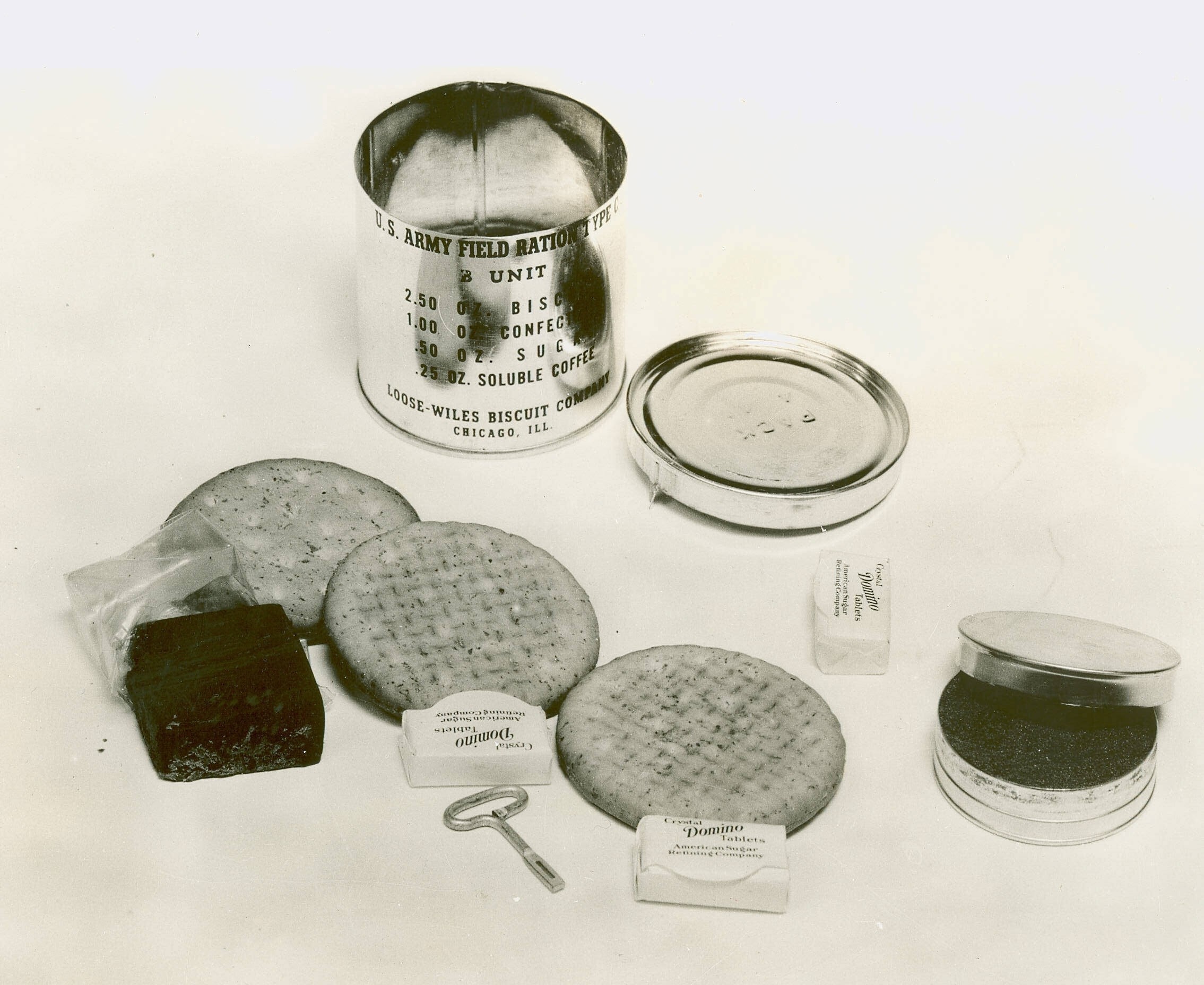

Social Sharing